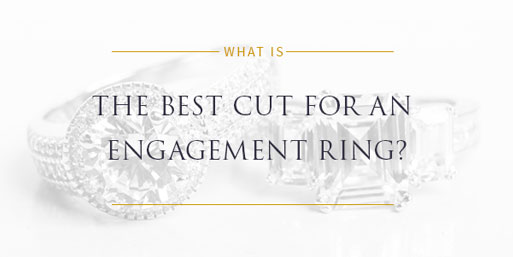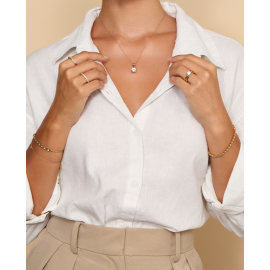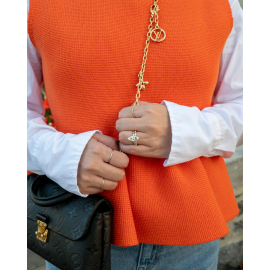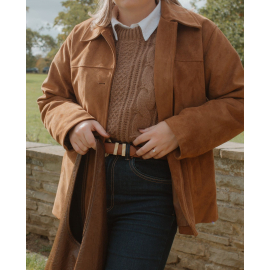Price match guarantee

We’ve teamed up with Klarna to provide flexible payment options, allowing you to shop the way you want. With Klarna, you can split your payment into 3 instalments or choose to pay later, making your shopping experience smoother and more convenient. Your order total must be between £100 and £499 to qualify.

We’ve teamed up with Klarna to provide flexible payment options, allowing you to shop the way you want. With Klarna, you can split your payment into 3 instalments or choose to pay later, making your shopping experience smoother and more convenient. Your order total must be between £100 and £499 to qualify.

July 28, 2017 | by Admin
It is law within the UK that every item of precious metal sold such as Platinum, Gold, Silver is stamped labelling the item with the type of metal it is. Platinum pieces which weigh less than 0.5 grams, 18ct Gold and Palladium pieces weighing less than 1.0 gram and Silver pieces weighing less than 7.78 grams are except from hallmark.
At Diamonds Factory all our products are hallmarked as per UK hallmarking law from London Assay Office (The GoldSmith Company)
The Goldsmiths' Company Assay Office is the oldest assay office in the United Kingdom. It has provided hallmarking services since The Goldsmiths' Company was founded in the 1300s. The company received its royal charter in 1327 and ranks 5th in order of precedence of the 12 Great Livery Companies of the City of London.
Hallmarking dates back to the 1300s when Edward I of England passed a law requiring any item made of silver, which was offered for sale, to be at least of equal quality as that of the coin of the realm (silver currency). The wardens of The Goldsmiths' Company were tasked with visiting workshops in the City of London to assay (test) silver articles. If these articles were found to be below standard they were originally destroyed and the metal forfeited to the King. If they passed, each article received the King's mark of authentication - the mark of a leopard's head. By 1478, there were several hundred workshops and merchants manufacturing silver articles in the City of London. It was not possible for the wardens to visit them all so the merchants were ordered to bring their items to Goldsmiths' Hall for testing and marking and a permanent Assay Office was established in the building. This is the origin of the term hallmark - struck with the King's mark at Goldsmiths' Hall.
In 1544 the Goldsmith's Company adopted the King's mark as their town mark and the mark of the leopard's head is now internationally recognised as the mark of this assay office.
The Goldsmiths's Company Assay Office is still based at Goldsmiths's Hall and remains the oldest company in Britain to be continually trading from the same site. However, it also has two satellite offices; at Greville Street in Hatton Garden in the heart of the London jewellery quarter and within a high security complex near London's Heathrow airport. It now has a new off-site facility within the Dalston-based jewellery manufacturer, Allied Gold. This is the first time in the Assay Office's 700 year history that it has opened permanent hallmarking services on a customer's premises.
In addition to hallmarking, the office has now expanded its range of services to support the jewellery trade and enforcement authorities. It offers a variety of specialist analytical services including nickel, lead & cadmium testing, antique silver dating, non-destructive compositional analysis, plating thickness measurement and a melt and assay service for scrap precious metal carried out in their fully independent on-site laboratory. Other services offered are a jewellery valuation service, laser marking, trading standards assistance, high quality photography and a comprehensive range of training and educational seminars, lectures and specialist events.






When considering a diamond engagement ring, you’ve probably deliberated heavily over the shape – referred to as the cut by many, although this is actually the way in which the diamond is finished and how it reflects light. According to our recent research, the classic solitaire diamond is the most popular shape for many people in 2017 so far, with 51% of people purchasing this traditional style for their engagement rings!
Let’s take a closer look at diamond shapes and the features of each one, which might help when making that all important purchase:
Classic solitaire: Also referred to as a round brilliant, this classic diamond shape is loved by many and is ideal for those who want an easy to wear piece of jewellery that still sparkles beautifully. Round diamonds never go out of fashion, so you can’t really go wrong.
Princess: Another popular shape, the princess is a square cut diamond that is best for those who love a little extra glitz and glamour.
Marquise: With the ability to make fingers look slender and long, this diamond shape is loved by those with smaller hands looking for an elegant style.
Emerald: this rectangular shaped diamond offers stunning sparkle and reminds people of the large gems seen in royal jewellery and aristocratic designs.
Pear: Another diamond with the ability to elongate fingers, this shape also makes most diamond cuts sparkle brilliantly in the light.
Heart: Best reserved for those true romantics who want a statement piece of jewellery, heart shaped diamonds are pretty but most commonly seen in pendants and bracelets rather than engagement rings. Although, Lady Gaga did famously have one during her engagement to Taylor Kinney so the style could see a resurgence in popularity.
Oval: Diamonds in this shape have the ability to offer a great deal of brilliance – this is when the diamond is cut in such a way that it reflects a lot of light, making it sparkle more.
Radiant: These diamonds are a combination of round shapes and emeralds, great for those prefer elegant, classic styles.
Asscher: This shape has a retro feel about it, reminding us of 1920s Art Deco shapes and with a deep cut it reflects a great deal of light making it a beautiful stone.
Cushion: This diamond shape has been around for hundreds of years and is a popular alternative to a classic round.
What are considered the best diamond cuts for engagement rings?
A diamond cut is what determines its grading and therefore the price it is sold for. When cutting a diamond, the idea is to cut it to ensure the most amount of light is reflected. There are three types of cuts: shallow, ideal and deep.
A shallow cut is one of the least sought after as the light is not reflected and simply passes through the diamond. A deep cut is similar but a little light is sometimes reflected back up. An ideal cut is when light enters the diamond and is reflected back up. These all determine how the diamond sparkles in the light and is one of the biggest factors when people are choosing their engagement rings.
Diamond cuts are graded in five types:
· Ideal or excellent cut – This diamond reflects almost all the light that enters it.
· Very good – This diamond reflects a large amount of light but is lower in price.
· Good – This is the most affordable option but the diamond still offers plenty of sparkle.
· Fair – This diamond reflects a small amount of light but is one of the most affordable.
· Poor – This diamond cut will come with a very low price tag but won’t sparkle as brilliantly as others.
You can read more about diamond cuts and grading on our education page, click here to find out more.